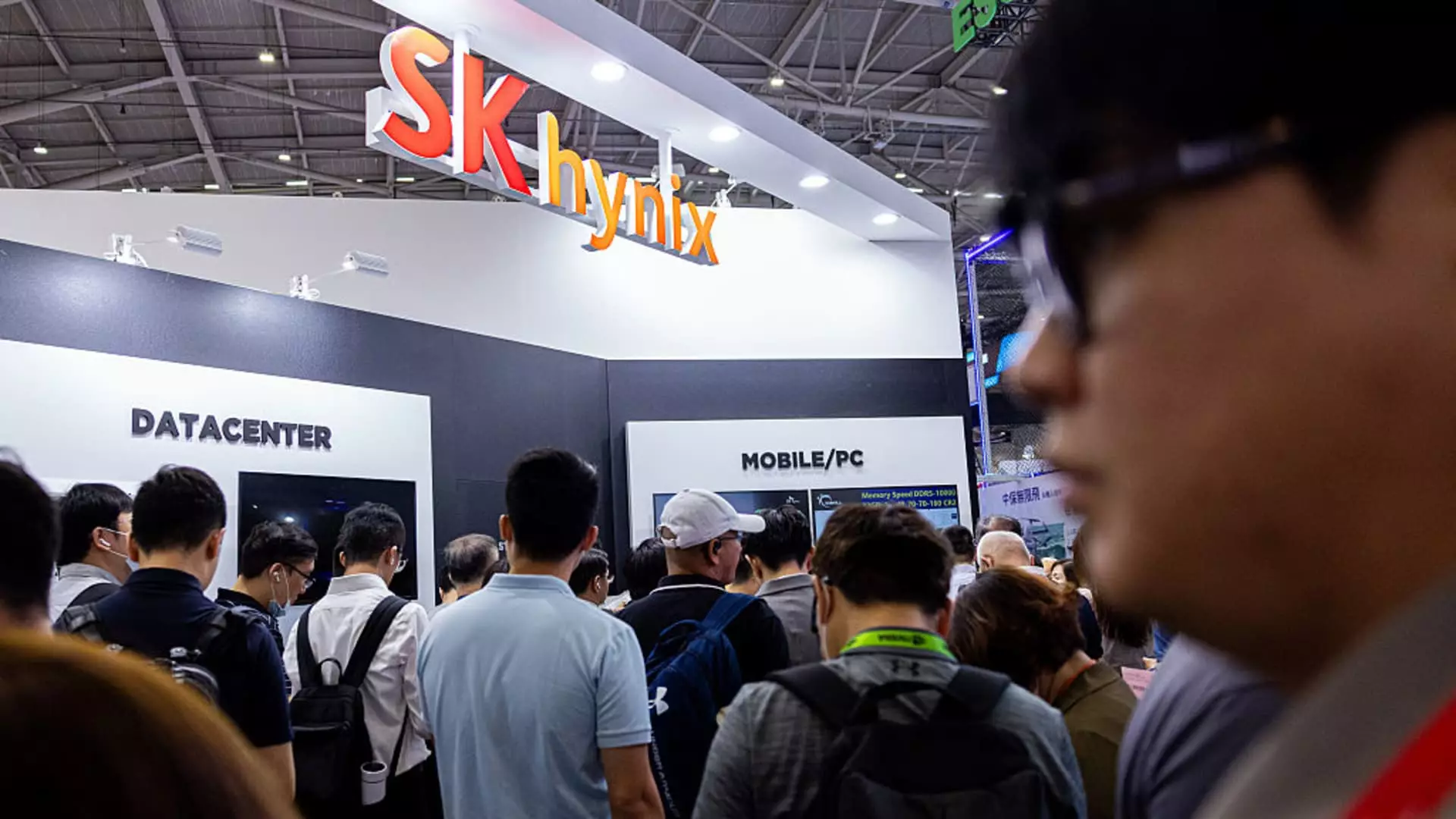In an age where interconnected economies drive global prosperity, America’s move to impose new tariffs on semiconductors exposes a fundamental misunderstanding of how innovation truly happens. President Trump’s recent announcement of tariffs targeting chips, ostensibly to bolster domestic manufacturing, reveals a shortsighted approach that threatens to stifle the very sector that fuels technological progress. While the rhetoric drums up national pride, the reality is that such protectionist measures risk dragging the United States into a cycle of economic stagnation, where innovation is sacrificed at the altar of political posturing.
Rather than viewing semiconductor manufacturing as an independent fortress, we should recognize it as part of a complex web of international cooperation. When major players like Tokyo Electron, Samsung, and Taiwan’s TSMC see their stocks plummet in response to these threats, it underscores that cutting off cross-border collaboration hampers progress, rather than encourages self-sufficiency. This miscalculation mirrors old notions of autarky—practices long abandoned in a hyper-connected world—and risks turning U.S. tech giants into insular entities incapable of competing on the global stage.
Misplaced Nationalism Versus Forward-Looking Innovation
President Trump’s insistence on reshoring chip production bears the allure of sovereignty but ignores the cost of such nationalism. The semiconductor industry thrives on globalization, where specialization and division of labor turbocharge innovation. By threatening tariffs, the administration is effectively pulling the rug from under decades of collaborative advancement—driving prices up, delaying product rollout, and discouraging foreign investment in American industries.
Furthermore, this approach falsely promises that simply making chips domestically will restore America’s technological dominance. Yet, innovation is less about the geographic origin of manufacturing and more about the research ecosystems, talent pools, and funding that foster cutting-edge developments. By alienating international partners and restricting market access, the U.S. risks creating a climate where innovation stagnates and the competitive edge shifts elsewhere—in Asia, Europe, or beyond. The irony is profound: protectionism intended to boost American tech may ultimately diminish its global leadership.
Economic Risks Outweigh Political Gains
From an economic perspective, the tears of short-term political victories threaten long-term stability. The global supply chain is a delicate, finely tuned system. Disruptions—such as tariffs—inevitably lead to higher costs for consumers and manufacturers alike. For the tech industry, which operates on slim margins and relies heavily on efficiency, these additional barriers could mean delays in product development and higher prices—ultimately harming the very consumers these policies aim to protect.
Moreover, the decline in shares of South Korean memory chips, Taiwanese foundries, and Japanese electronics firms reflect a broader loss of confidence among investors. When policy signals indicate unpredictability and protectionism, the risk is that the U.S. loses its competitive advantage not because of global forces but because of its own shortsighted policies. This blindness to the interconnected reality of modern trade signifies a dangerous detachment from the fundamentals that underpin technological innovation.
The Fallacy of Self-Sufficiency in a Global Economy
The overarching fallacy in Trump’s push for domestic semiconductor manufacturing is the belief that economic independence is achievable or even desirable in today’s world. No country can, nor should, insulate itself from global collaboration—especially in sectors as vital as technology. Countries that attempt to do so often pay a heavy price: diminished innovation, less access to cutting-edge developments, and increased costs for consumers and industries.
This misguided effort risks turning the U.S. into an economic fortress—impenetrable but ultimately hollow, because innovation requires openness. Instead of doubling down on protectionism, policy should facilitate smarter alliances, invest in education and research, and streamline supply chains. This approach fosters resilience without sacrificing the dynamism that makes the U.S. a crucible of technological achievement.
The Path Forward: Embracing Collaboration Over Isolation
Rather than retreat into protectionism, the U.S. should pivot toward policies that promote sustainable innovation through international cooperation. Stimulating innovation ecosystems within America—by investing in STEM education, incentivizing R&D, and fostering inclusive industry partnerships—will yield more substantial long-term benefits than tariffs ever could. Highlighting that true strength lies not in walls but in the nation’s ability to collaborate globally is crucial for maintaining technological leadership in an increasingly competitive world.
The challenge isn’t just about making chips domestically; it’s about cultivating a national mindset that values cooperation over conflict, openness over isolation. The real power move is in recognizing that America’s future prosperity depends on humility, strategic alliances, and a relentless commitment to innovation—not symbolic tariffs that merely mask underlying weaknesses. Protecting national interests must be balanced with a thoughtful understanding that in today’s interconnected world, unity—and not division—is what will secure America’s place at the forefront of global technology.


Leave a Reply